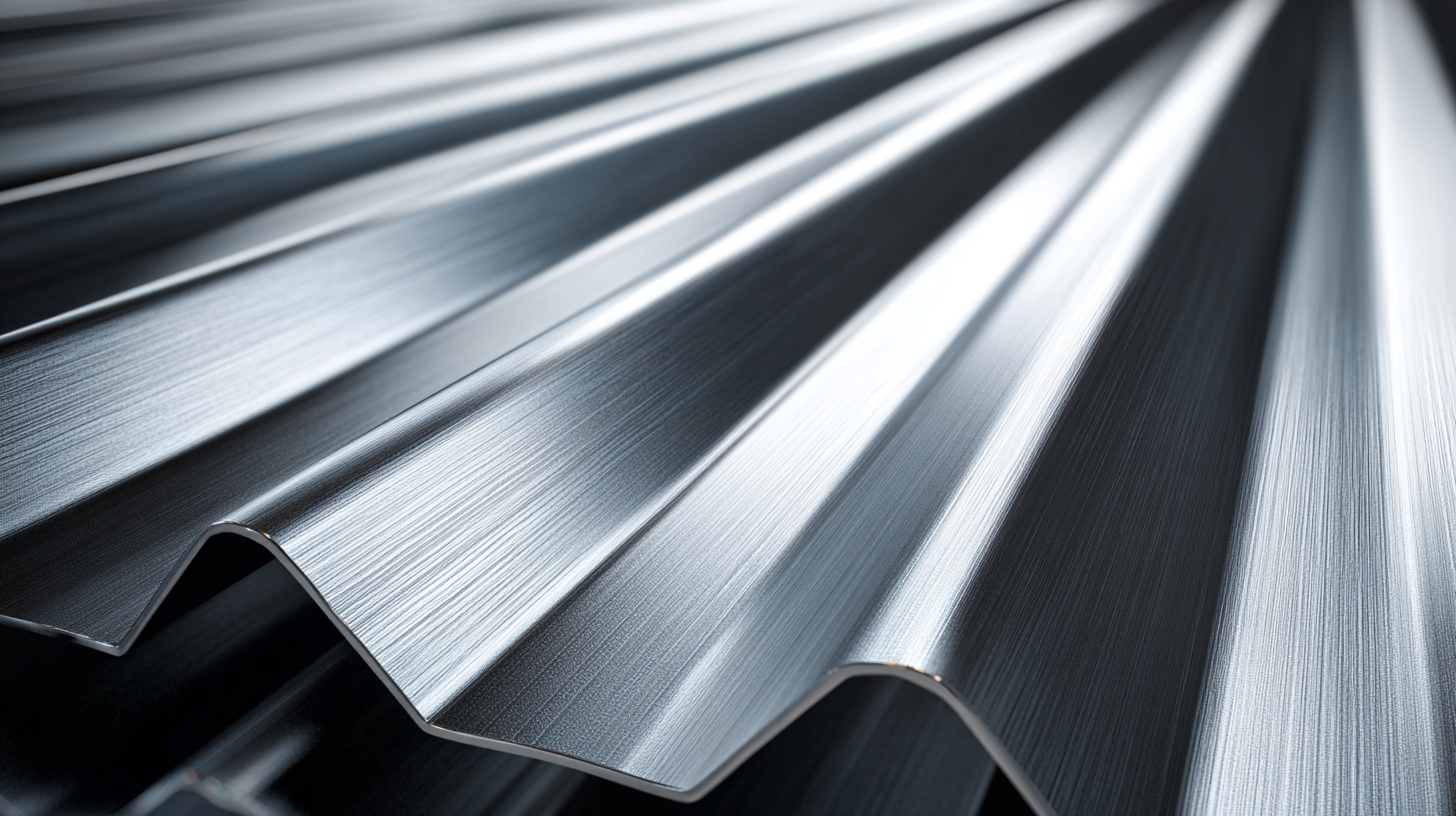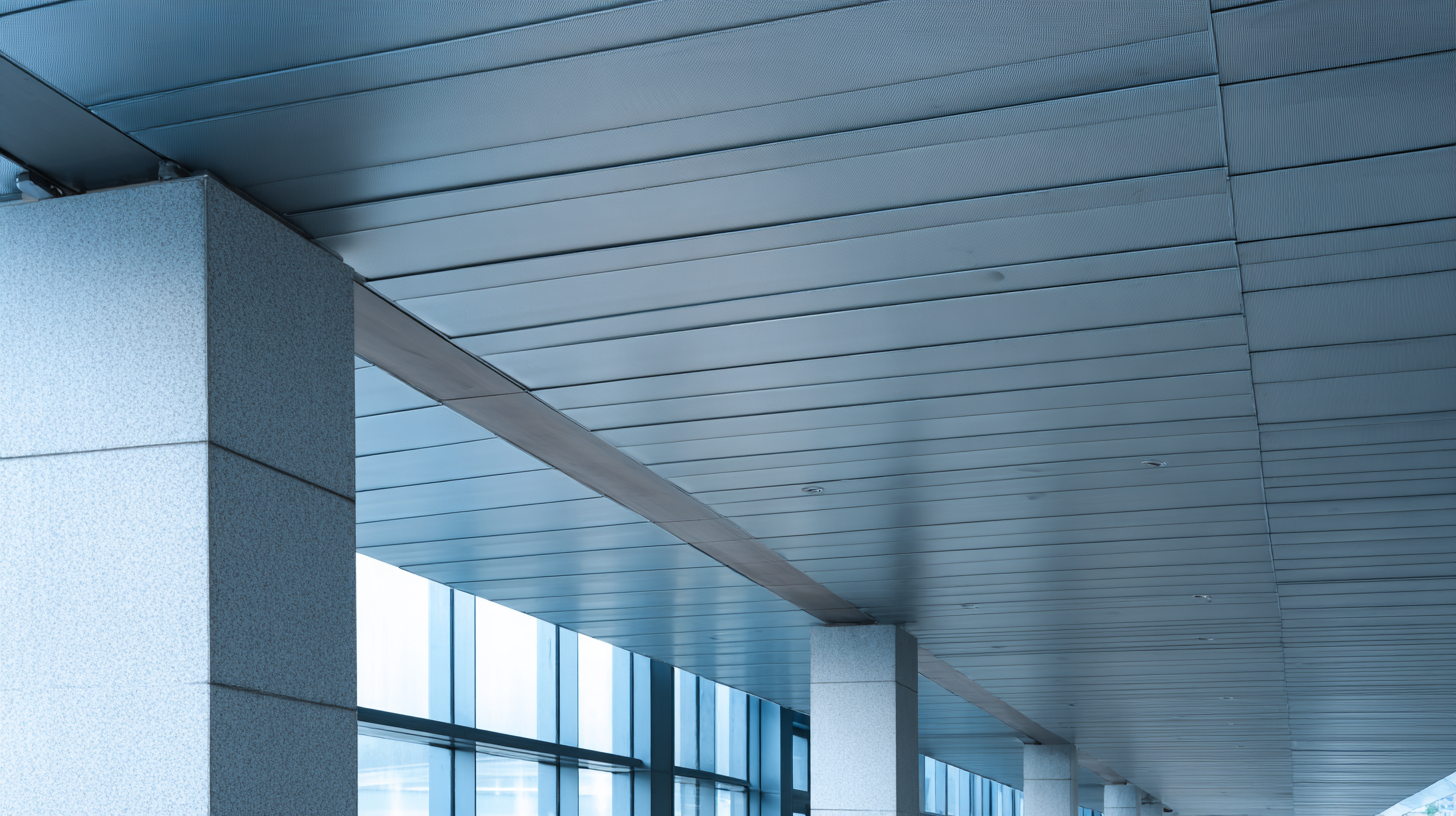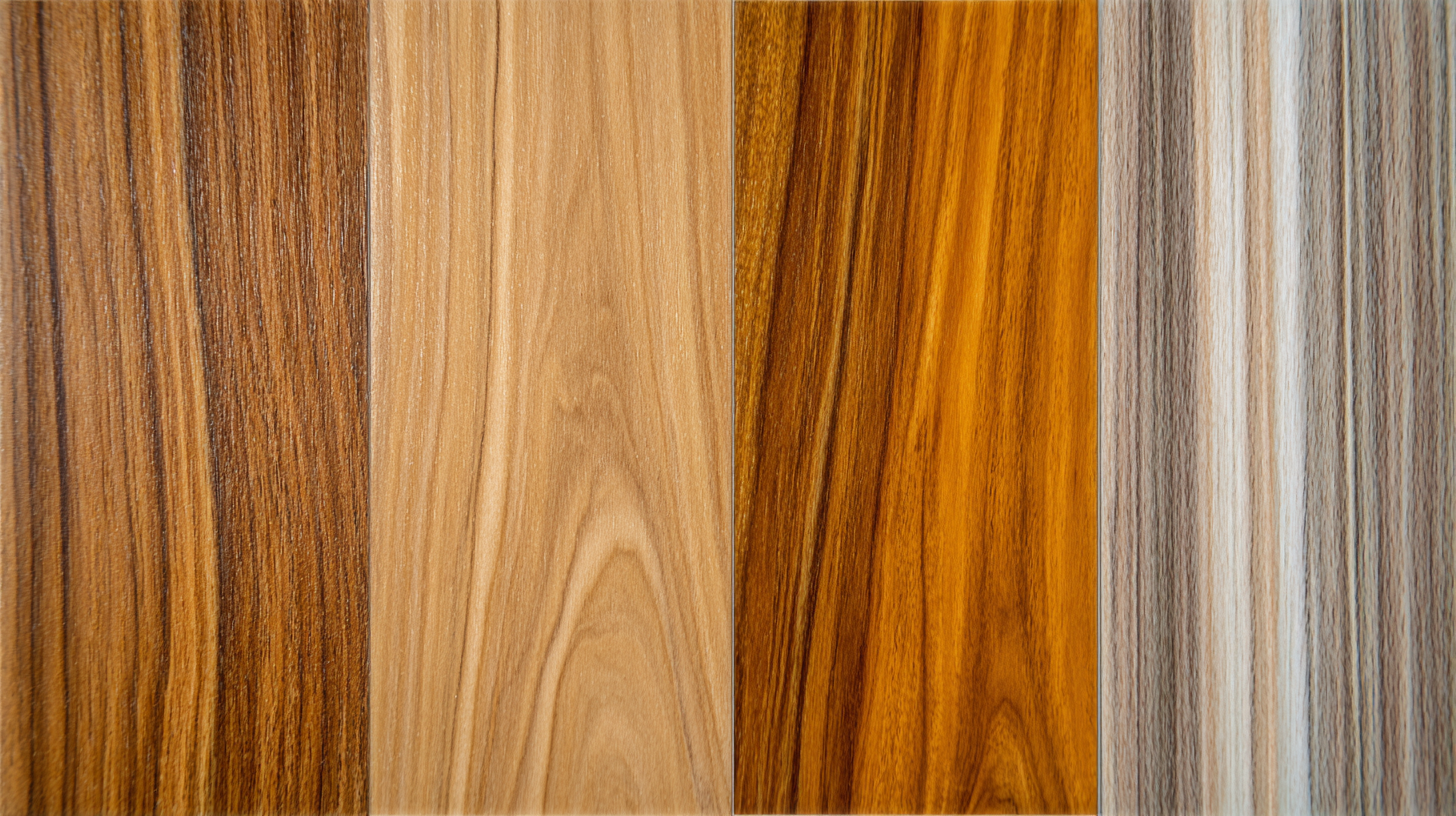
In recent years, the construction and design industries have witnessed a significant shift towards sustainable and innovative materials, with PVC cladding sheets emerging as a frontrunner in this evolution. As projects evolve and demand for durability, aesthetics, and cost-effectiveness grows, understanding the advantages of PVC cladding sheets is crucial for architects, builders, and homeowners alike. This guide delves into the myriad benefits of integrating PVC cladding sheets into your projects, illustrating how they not only enhance visual appeal but also contribute to energy efficiency and maintenance reduction. With 2025 industry tech trends pointing towards sustainable practices and material innovation, exploring PVC cladding sheets can provide you with a competitive edge in executing modern construction projects. Join us as we unpack the ultimate advantages of this versatile material and how it can elevate your design and construction efforts.

PVC cladding sheets have become increasingly popular in construction projects due to their unique properties. These sheets are known for their durability, resistance to moisture, and low maintenance requirements. According to a recent report by the Building Research Establishment, PVC cladding can last up to 30 years, making it a cost-effective solution compared to traditional materials such as wood or aluminum. Furthermore, their lightweight nature makes them easy to handle and install, thus reducing labor costs and project timelines.
Tips for selecting the best PVC cladding sheets include considering the thickness and density of the sheets, as these factors directly impact their strength and longevity. It's advisable to opt for sheets with a minimum thickness of 5mm for enhanced durability. Additionally, ensure that the cladding has UV-resistance properties to prevent fading and degradation over time, especially in outdoor applications.
Moreover, PVC cladding sheets feature excellent thermal insulation properties, which can contribute to energy savings in buildings. A study by the Department of Energy found that well-insulated buildings can reduce heating and cooling costs by up to 30%. Therefore, integrating PVC cladding into your projects not only enhances aesthetic appeal but also supports sustainability initiatives by improving energy efficiency.
 PVC cladding sheets have become increasingly popular in various construction and renovation projects, primarily due to their numerous advantages over traditional materials. Unlike wood or metal, PVC sheets are resistant to moisture, which prevents mold and rot. This property makes them ideal for areas prone to humidity, such as bathrooms and kitchens. Additionally, PVC cladding is lightweight and easy to handle, reducing labor costs and installation time significantly.
PVC cladding sheets have become increasingly popular in various construction and renovation projects, primarily due to their numerous advantages over traditional materials. Unlike wood or metal, PVC sheets are resistant to moisture, which prevents mold and rot. This property makes them ideal for areas prone to humidity, such as bathrooms and kitchens. Additionally, PVC cladding is lightweight and easy to handle, reducing labor costs and installation time significantly.
When considering materials for your next project, it's important to weigh the benefits of PVC cladding. One key advantage is its versatility; these sheets come in various colors and designs, allowing for customization to fit any aesthetic. Moreover, they require minimal maintenance compared to wood, which needs regular treatments and painting.
Tip: When selecting PVC cladding sheets, choose high-quality brands that offer UV-resistant options to prevent fading over time.
Another benefit of using PVC cladding sheets is their thermal efficiency. They can assist in maintaining indoor temperatures, potentially lowering energy costs.
Tip: Consider pairing PVC cladding with insulation materials to further enhance energy efficiency in your space.
The environmental impact of PVC cladding sheets is increasingly relevant in the quest for sustainable building materials. PVC, a synthetic plastic, offers durability and low maintenance costs while being recyclable, which is a significant advantage in minimizing waste. In a recent study, Table 1 illustrates that recyclable plastic wastes, including those from discarded appliances, can be repurposed into new products. This demonstrates the potential of utilizing PVC cladding for eco-friendly construction practices, highlighting its role in promoting sustainability within the industry.
Innovative materials like Polygood, derived from recycling processes, represent a forward-thinking approach to sustainability in building cladding. The Good Plastic Company’s initiative to transform discarded materials into decorative panels exemplifies how waste can be converted into high-quality, functional products. Furthermore, research indicates that alternatives such as fireproof fungus materials are emerging, offering both safety and environmental benefits for building facades. By exploring these innovative solutions, the construction industry can significantly reduce its ecological footprint while maintaining high aesthetic and safety standards.
When considering cladding options for your long-term projects, PVC cladding sheets stand out for their cost-effectiveness. Unlike traditional materials like wood or metal, PVC is not prone to rust, rot, or warping, which significantly reduces maintenance costs over time. This durability means less frequent replacements and repairs, allowing you to allocate your budget to other areas of your project.
Tip 1: Always calculate the total cost of ownership when selecting materials. While initial prices may vary, consider long-term savings due to decreased maintenance and durability of PVC cladding sheets.
Moreover, PVC cladding sheets are lightweight and easy to install, which can lead to reduced labor costs during construction. Their versatility allows for a variety of design applications, making them a smart choice for both residential and commercial projects.
Tip 2: Take advantage of available color and finish options to customize your project without incurring extra expenses. Choosing PVC sheets with pre-finished surfaces can save time and additional costs associated with painting or treating other materials.

When it comes to construction and renovation projects, the choice of materials significantly affects both efficiency and costs. Best PVC cladding sheets are rapidly becoming the preferred option due to their superior installation efficiency. According to a recent report by the Building Research Establishment (BRE), using PVC cladding can reduce wall cladding installation time by up to 30%, which directly translates to lower labor costs. This is particularly beneficial in large-scale projects where time is critical, as reduced installation time can lead to faster project completions.
Moreover, the lightweight nature of PVC sheets simplifies handling and application. According to a study from the National Association of Home Builders, materials that are easier to manipulate can decrease on-site injuries, saving both time and additional costs associated with workforce disruptions. The durability and low maintenance requirements associated with PVC also mean that once installed, these materials are less likely to require repairs, providing a long-term economic advantage. Such factors make PVC cladding an attractive option for various construction projects, ensuring that efficiency doesn't come at the expense of quality.
